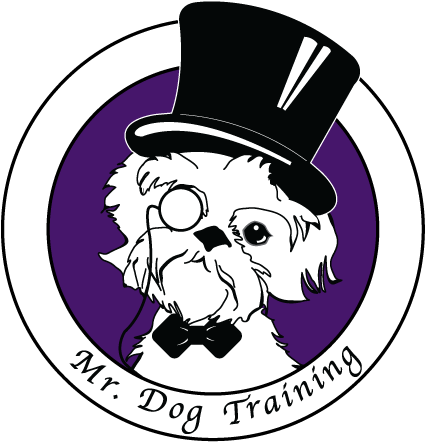Suck It Up Buttercup
"But They Have to Get Used to It!" —The Myth That Needs Busting
If you’ve ever been told your dog “just needs to get used to it,” you’re not alone. This idea—that dogs should simply “cope” with situations they find uncomfortable or frightening—is a deeply ingrained myth. Many well-meaning dog guardians persist with this approach, believing exposure alone will solve the issue. Unfortunately, the reality is much more nuanced—and continuing down this path can make matters worse.
Let’s break it down and explore why “getting used to it” isn’t the answer, and what you can do instead to truly help your dog.
Why “Getting Used to It” Doesn’t Work
When dogs are repeatedly exposed to something they’re scared of or uncomfortable with, they don’t suddenly decide it’s fine. Instead, their emotional response to that trigger intensifies. Imagine you’re terrified of spiders, and someone decides the best way to help is by putting a tarantula on your desk every day. Would you relax? Of course not! Your fear would grow, and you’d probably start dreading even entering the room.
Dogs are no different. Continued exposure to something that makes them anxious or reactive only teaches them to associate that situation with stress. Over time, they develop stronger avoidance or defensive behaviors (like lunging, barking, or snapping) to cope.
The Socialization Misunderstanding
A lot of the confusion comes from a misunderstanding of socialization. Socialization is a specific process that happens early in a puppy’s life—before 14 weeks of age—when they are naturally more curious and less fearful. During this period, they can learn to accept new experiences, people, and environments more easily.
After this window closes, the brain shifts toward self-preservation, and new things are often met with caution. At this stage, forcing a dog into a situation they’re wary of doesn’t help them adapt. Instead, it triggers survival responses like fight, flight, or freeze. The more this happens, the stronger these responses become, and the more generalization occurs. For example, a dog afraid of barking dogs in the neighborhood may start reacting to any loud noise, or even other dogs in unrelated settings.
A Common Example
Picture this: A young dog is nervous about neighborhood walks—sniffing the ground anxiously or avoiding certain spots. The owner, convinced the dog will “get used to it,” persists with daily walks. At first, the dog avoids barking dogs behind fences. Then, they start barking back. Soon, the lunging and barking intensify, and now the dog reacts the moment they leave the house.
Not only does the behavior worsen, but the dog’s stress spills into other areas. They become tense around other dogs in training classes or even in off-leash settings where they previously felt safe. The guardian, frustrated and confused, feels stuck.
This isn’t an uncommon story, and it highlights how continued exposure doesn’t “fix” the problem—it deepens it.
What to Do Instead
If your dog is showing signs of fear, anxiety, or reactivity, here’s the golden rule: stop putting them in the situations that trigger those emotions.
This might mean:
Avoiding busy streets and finding quieter areas for walks.
Skipping the dog park or daycare if your dog struggles with other dogs.
Opting out of visits to crowded patios or chaotic family gatherings.
By removing the source of stress, you’re giving your dog the chance to relax and reset and allow their nervous system to regulate. A calmer emotional state is the foundation for learning new, positive associations.
The Next Steps: Desensitization and Counter-Conditioning
Once your dog is in a better emotional place, you can begin helping them feel more comfortable—gradually. This involves:
Desensitization: Introducing the trigger at a level that doesn’t provoke a fear response. For example, seeing another dog from a distance where your dog remains calm.
Counter-conditioning: Pairing the trigger with something your dog loves, like tasty treats or playtime, to create a positive association.
This process takes time, patience, and often the guidance of a qualified positive reinforcement trainer. (hit me up if you want help!)
Do Dogs Really Need to Do Everything?
It’s also worth asking: Does your dog truly need to face this situation? Dogs don’t have to enjoy crowded patios, walk through busy neighborhoods, or play with every dog they meet. Not every dog is suited to every lifestyle, and that’s okay.
What your dog does need is to feel safe and understood. When we shift our mindset from “they have to get used to it” to “how can I help them feel safe?” we unlock the key to building trust and creating lasting solutions.
So, let’s ditch the “get used to it” myth and meet our dogs where they are.
Sara Sokol is owner of Mr. Dog Training in Brunswick Maine; A positive reinforcement dog training facility, offering both virtual and in person classes, that has been voted best training in Maine.
